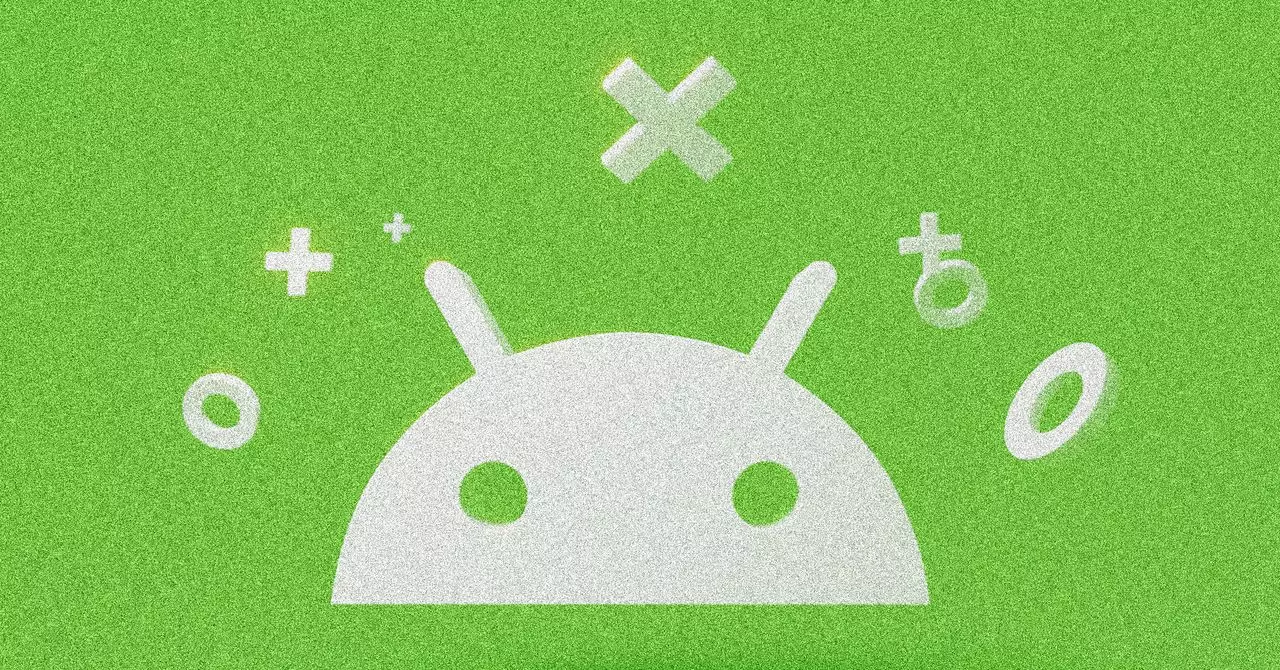As tech enthusiasts eagerly await Google’s annual developer conference, which is set for May 20, 2023, the excitement surrounding the upcoming Android 16 update has already begun to brew. The tech giant is stirring the pot with early announcements released via a new virtual series, “The Android Show.” This strategic move not only fuels the anticipation but also serves to reinvent user experience in a continuous quest for improvement. Amongst the wealth of new features and enhancements, the redesigned aesthetics of Android 16 have emerged as a standout attribute.
Material 3 Expressive: A New Age of Design
This update marks a monumental shift with the introduction of Material 3 Expressive, a fresh design philosophy that focuses on personalization while embracing a playful energy. Rather than signifying a new version of the existing design system, this update refines the visual language that has been in use for the past four years, showcasing how flexibility in design can resonate with users. Google emphasizes that Material 3 Expressive is not merely an aesthetic change but a carefully researched evolution, backed by 46 studies involving more than 18,000 participants.
The implications are critical: as consumer preferences evolve, so too must products adapt to maintain relevancy. This new design philosophy aims to engage users by injecting a younger, more dynamic spirit into the Android ecosystem—qualities that have been proven to attract users. In a landscape where 87% of teenagers favor iPhones, such innovations might play a pivotal role in reclaiming market share.
Responsive Interactions Redefining User Experience
One of the most intriguing aspects of the Android 16 update is the enhanced haptic feedback accompanying various interactions. From dismissing notifications to navigating the app landscape, the feel of these actions has become an integral part of user satisfaction. Each interaction is imbued with a bouncy responsiveness, providing a tactile sense of pleasure that was previously missing from the mobile experience. For instance, swiping away notifications will not only trigger visual feedback but will also employ nuanced vibrations, enriching the user’s engagement with their device.
Furthermore, the visual experience has been invigorated with subtle animation effects that contribute to a seamless flow. When users engage with the Recents menu or adjust settings through the Quick Settings drawer, not only will they observe eye-catching transitions, but they will also enjoy functional benefits—allowing settings to remain active while the phone is in standby mode, ensuring their experience is both aesthetically pleasing and practically efficient.
Empowerment Through Customization and Functionality
In addition to the visual and interactive enhancements, Android 16 also prioritizes user empowerment through increased customization options. The update presents a variety of dynamic color themes that allow users to tailor their interface to reflect their personality and moods more closely. These choices are not limited to the core operating system but extend to supported apps, reinforcing the personal touch across the users’ digital landscape.
Moreover, Google is optimizing accessibility by incorporating more options into the Quick Settings drawer. Users can conveniently toggle features like the Flashlight or Do Not Disturb mode with ease, making essential tools readily available. These considerations signal Google’s intent to balance aesthetic appeal with practical usability, reinforcing the belief that form and function should coexist harmoniously.
The Larger Picture: A Movement Towards Inclusivity
As a tech industry leader, Google’s effort to decode user behavior and preferences is commendable and much-needed. By harnessing extensive research to inform design choices, the company demonstrates its commitment to an inclusive approach, catering to a broad spectrum of users. Beyond youth engagement, the principles of Material 3 Expressive aim to foster a sense of creativity and friendliness for all age groups.
In a landscape rife with competition, innovation based on user experience and interaction is non-negotiable. Android 16’s upgrades symbolize an evolutionary leap in the operating system’s path—a bold statement reflecting not just technological advancement, but the acknowledgment of diverse user desires. As this update rolls out with the new Pixel phones later this summer, it will be exciting to observe how these changes resonate with users and potentially redirect the trajectory of Android’s market presence.

